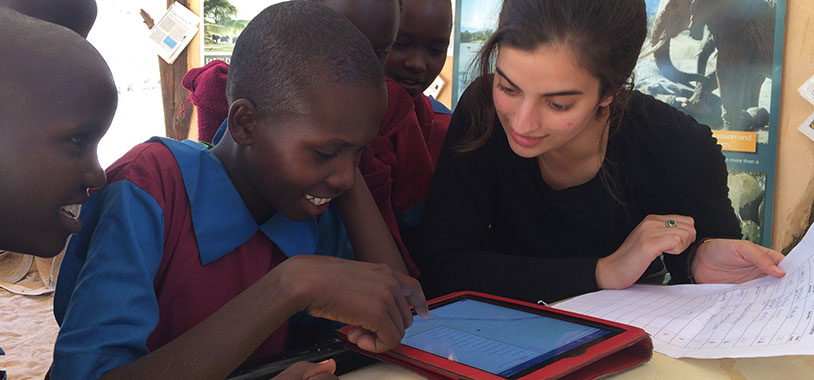For months, the education team under the guidance of Resson, Head of Awareness has been hard at work restructuring the conservation education curriculum dubbed Living in Harmony with Elephants (LIHWE). Save The Elephants first developed the manual in partnership with educators from Disney Animal Kingdom at the height of the poaching crisis in 2012. Over the years, the four-part manual has helped change attitudes, shape behavior and increase knowledge of wildlife conservation among students within the Samburu Isiolo Conservation Area. In 2016, for instance, pre-evaluation surveys showed that the number of students ‘liking’ elephants rose from 2% to 8%. The number of students (N=167) showing respect and admiration for elephants rose to an encouraging 72% up from 58%.
As poaching levels decrease, elephants and other wildlife are still facing tough anthropogenic challenges. The new curriculum seeks to address these threats and has incorporated ways that students can play a part in securing a future for wildlife. The curriculum teaches students issues of and mitigation measures to climate change, overgrazing, land use changes & encroachment in traditionally reserved wildlife spaces. Most importantly, the curriculum pays attention to the compounding effects of human wildlife conflict and its causes thereof. The education team has worked to create awareness on these issues among students and communities who coexist with wildlife every day. To bring the message even closer home, the team has incorporated citizen science where students get to collect and manipulate simple data on mammal count during their visit to the park. This educational yet fun activity helps them develop a deeper understanding of wildlife conservation carried out in their backyards.


